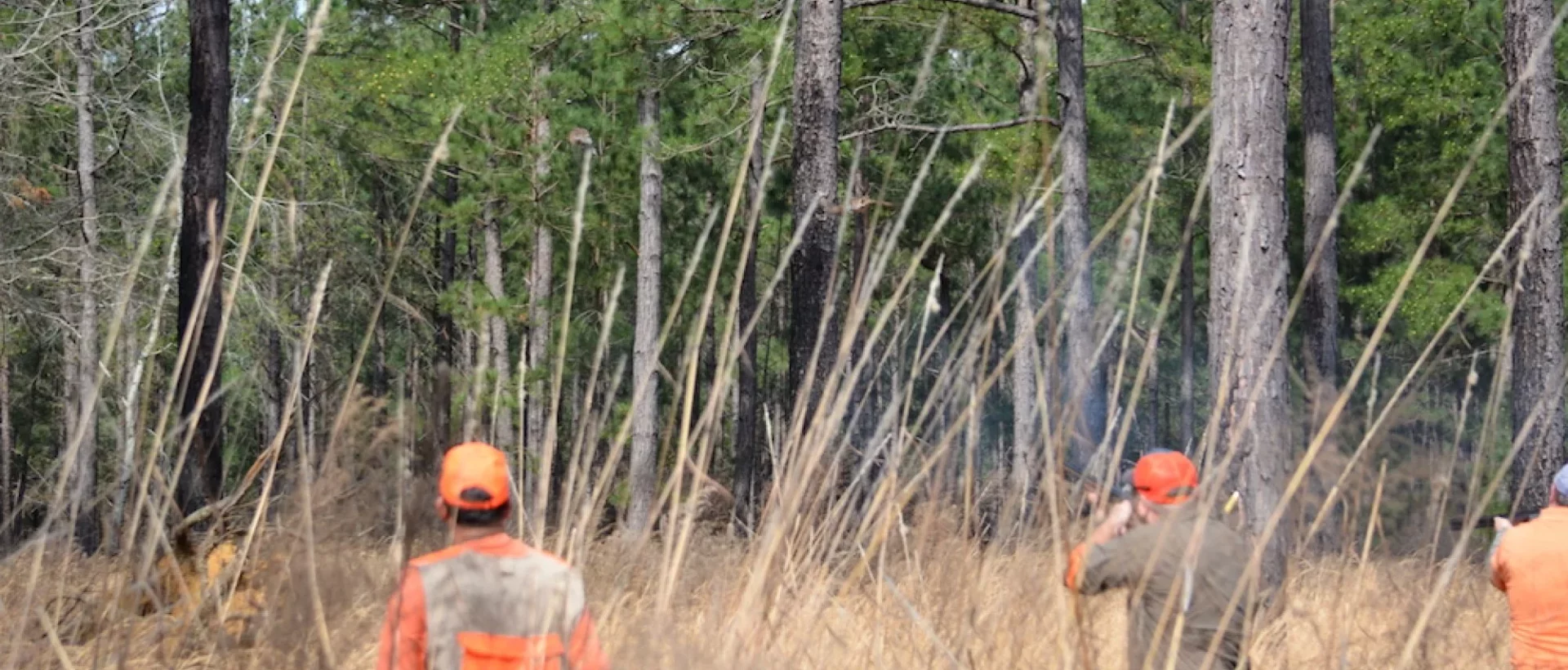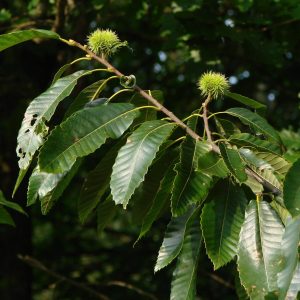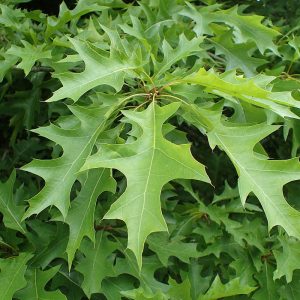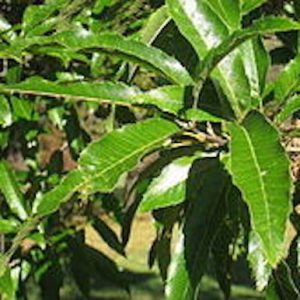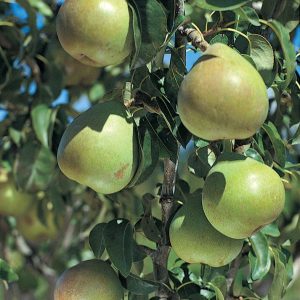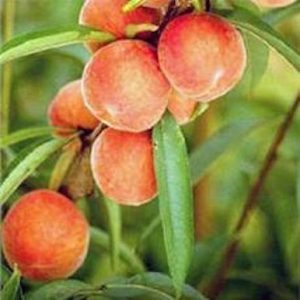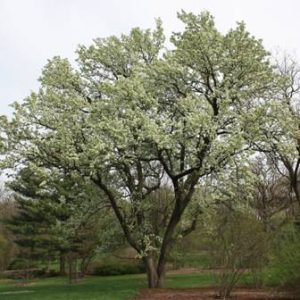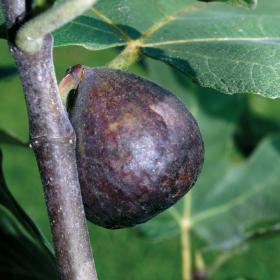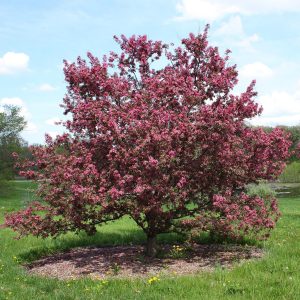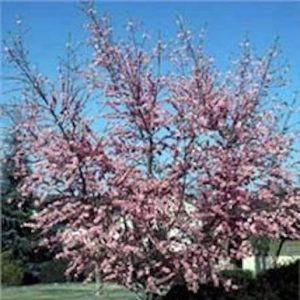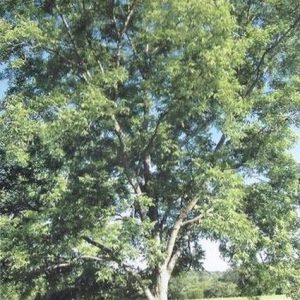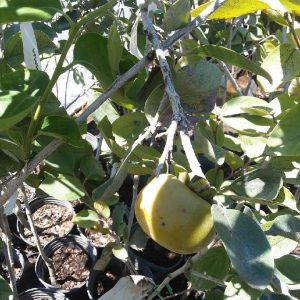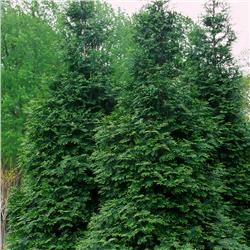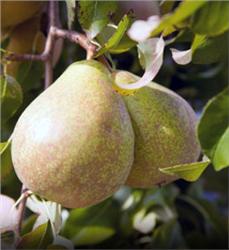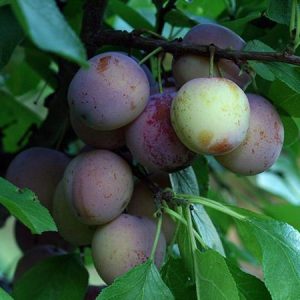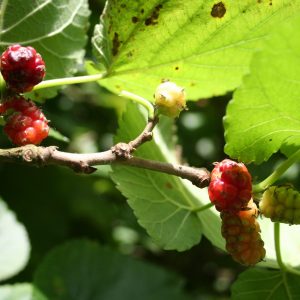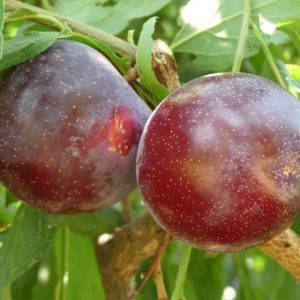Showing all 16 results
-

Chestnut Trees
$24.00 Add to cart -

Nuttall Oak Trees-4-6 ft
$18.00 Add to cart -

Sawtooth Oak-4-6 ft
$18.00 Add to cart -

Bartlett Pear Tree
$24.00 Add to cart -

Belle Georgia Peach
$24.00 Add to cart -

Bradford Pear Flowering Tree
$12.00 Add to cart -

Brown Turkey Fig Tree
$24.00 Add to cart -

Crabapple Tree
$24.00 Add to cart -

Elberta Peach Tree
$24.00 Add to cart -

Elliot Pecan Trees
$24.00 Add to cart -

Fuyu Persimmons
$24.00 Add to cart -

Green Giant Trees
$19.00 Add to cart -

Kieffer Pear Tree
$24.00 Add to cart -

Methley Plum Tree
$24.00 Add to cart -

Mulberry Trees
$18.00 Add to cart -

Santa Rosa Plum Trees
$24.00 Add to cart

